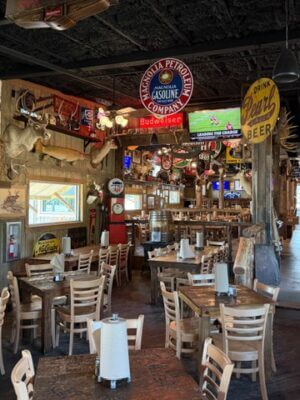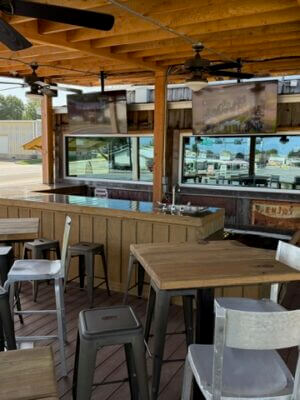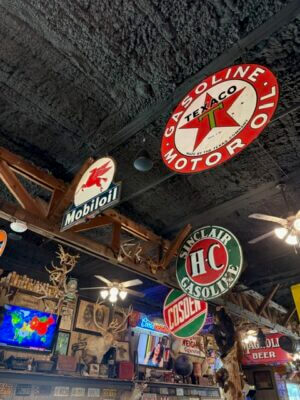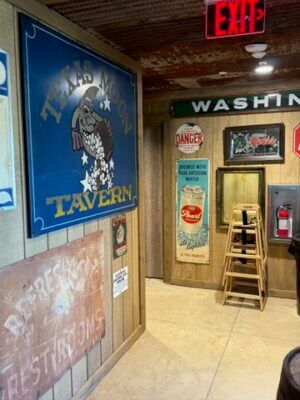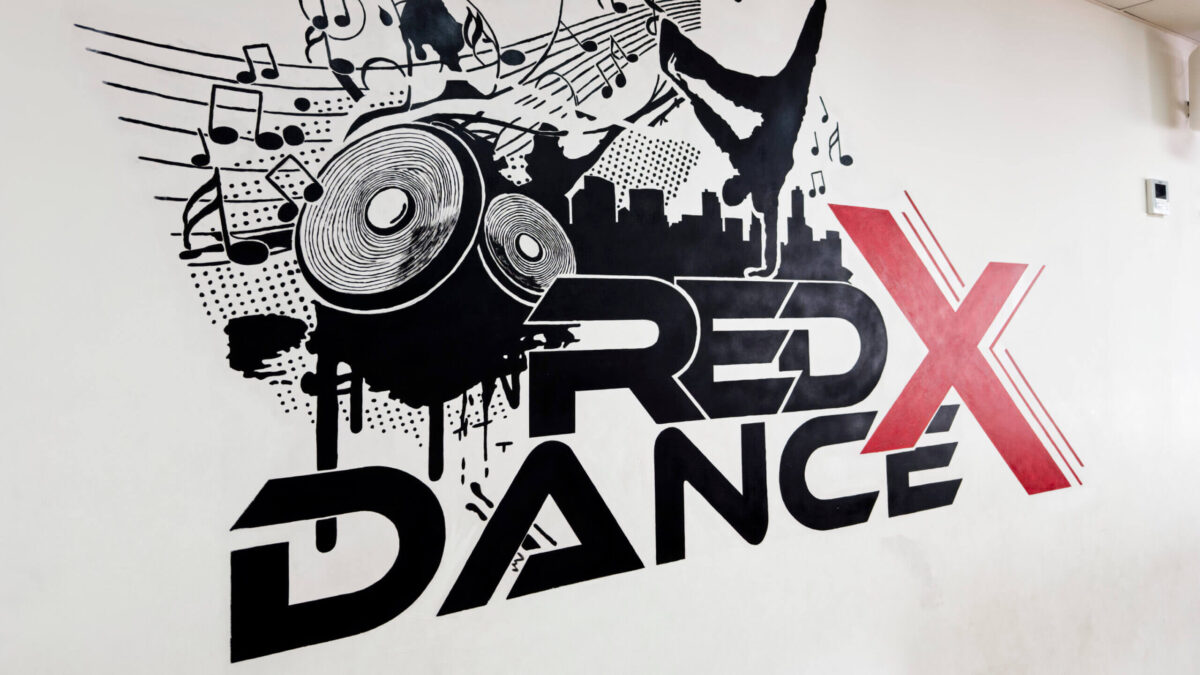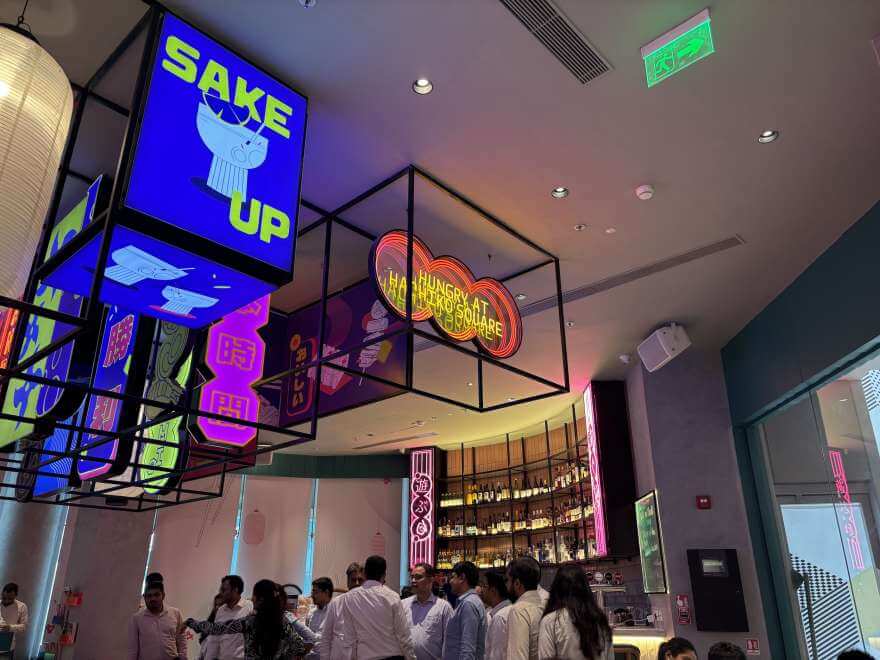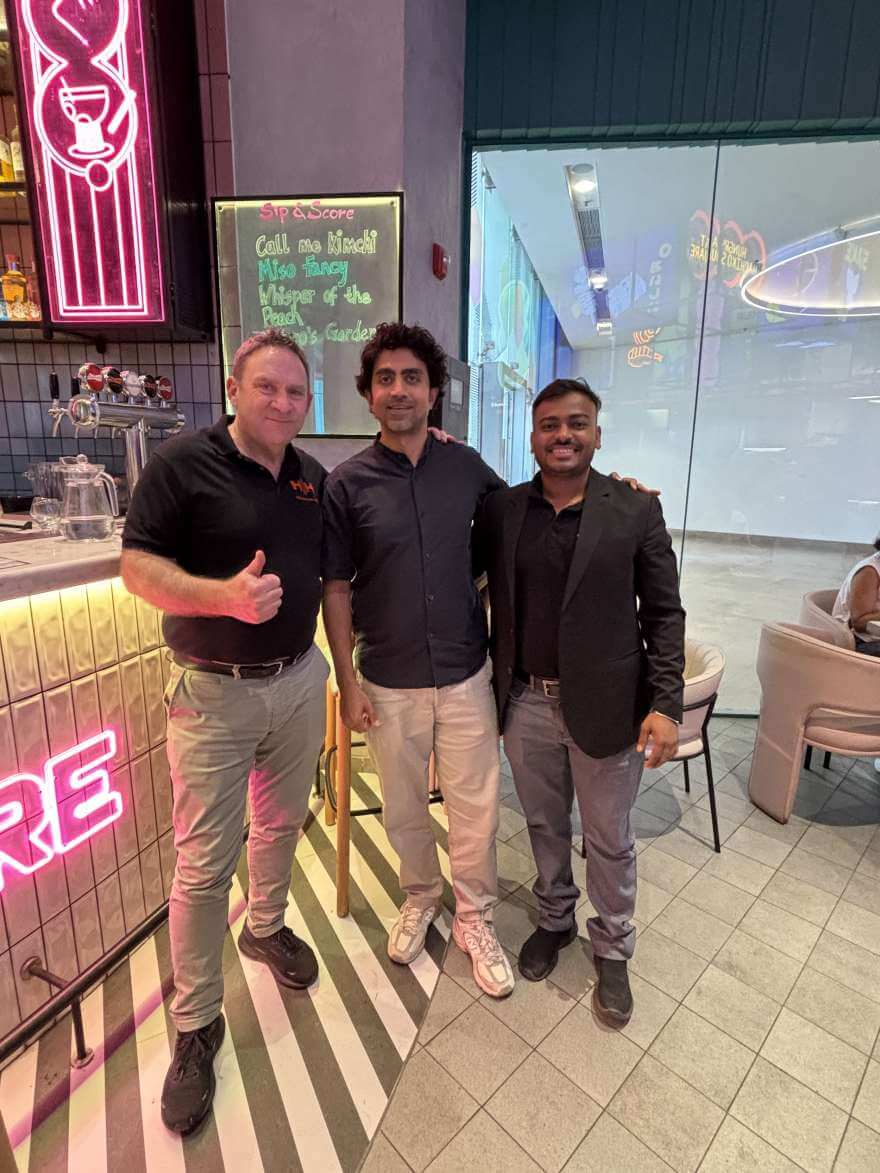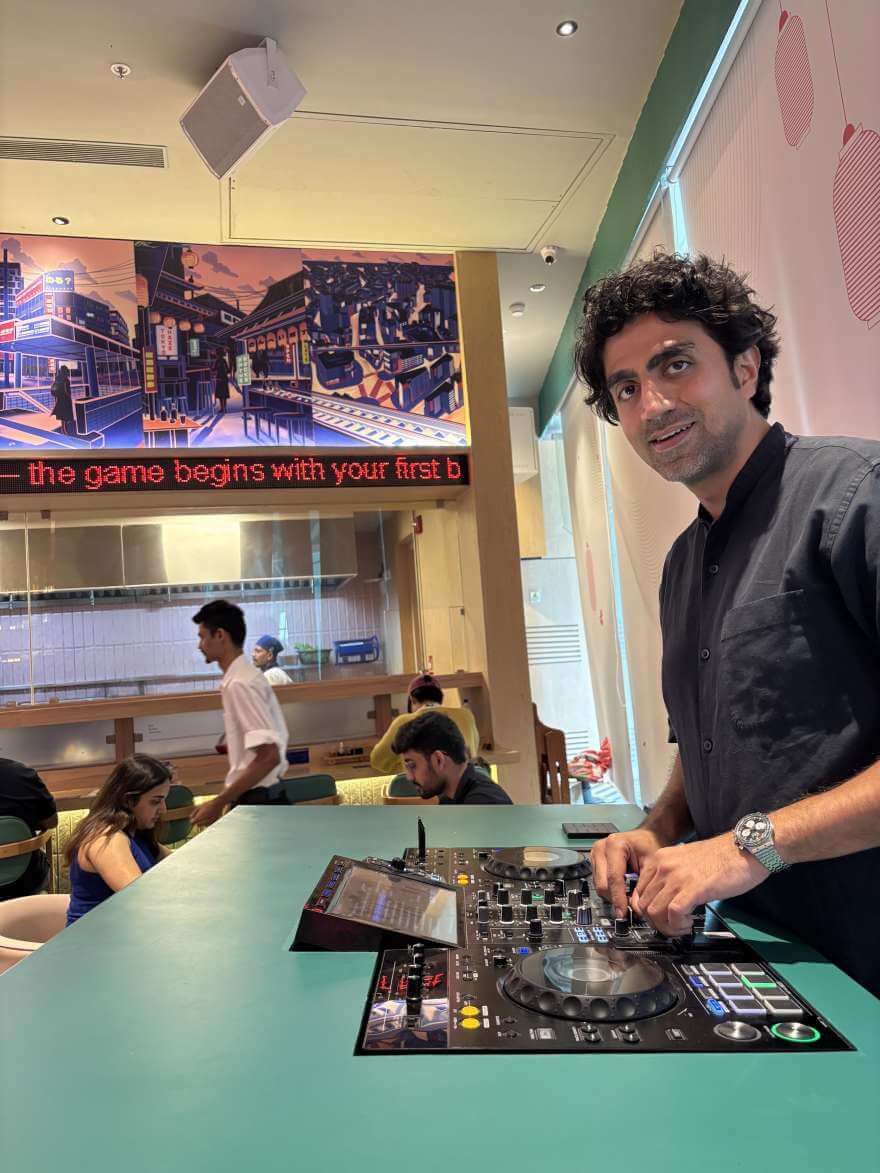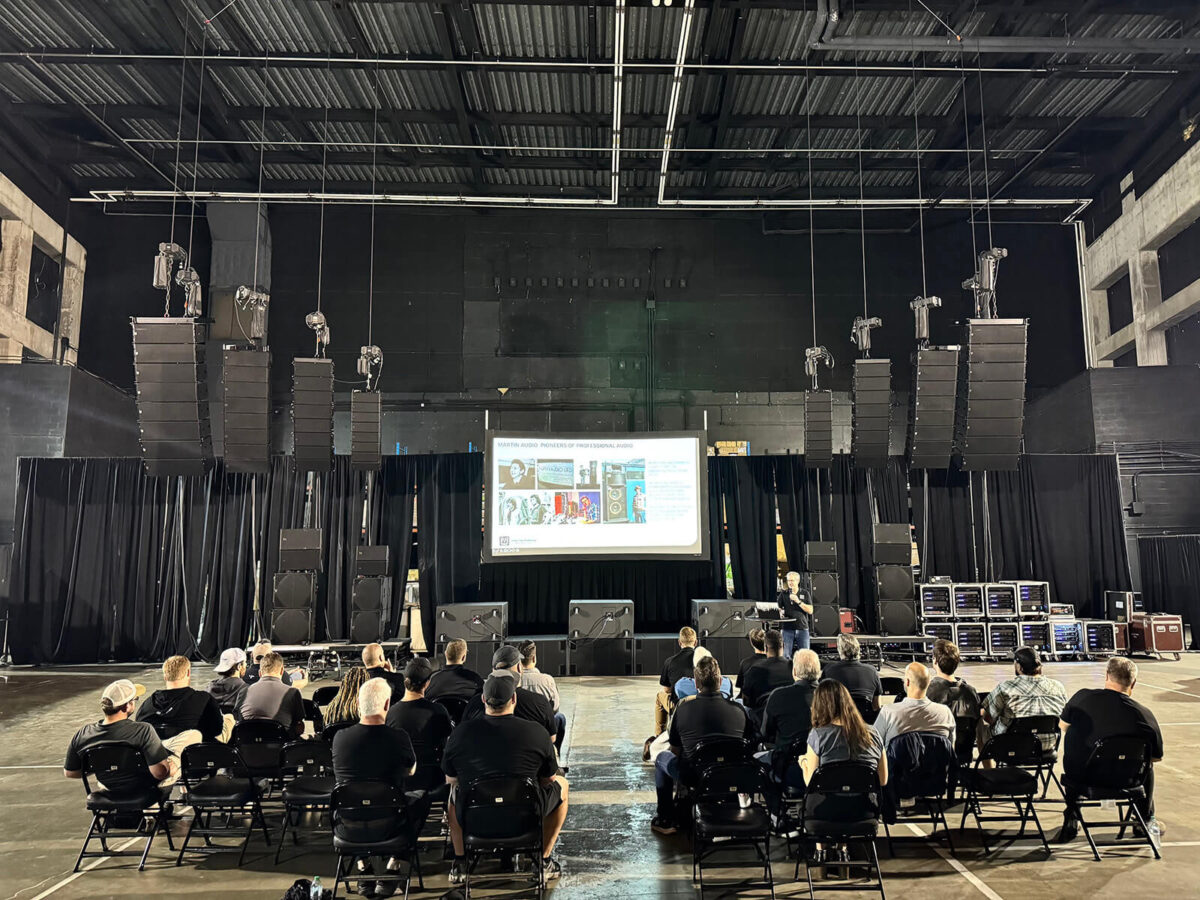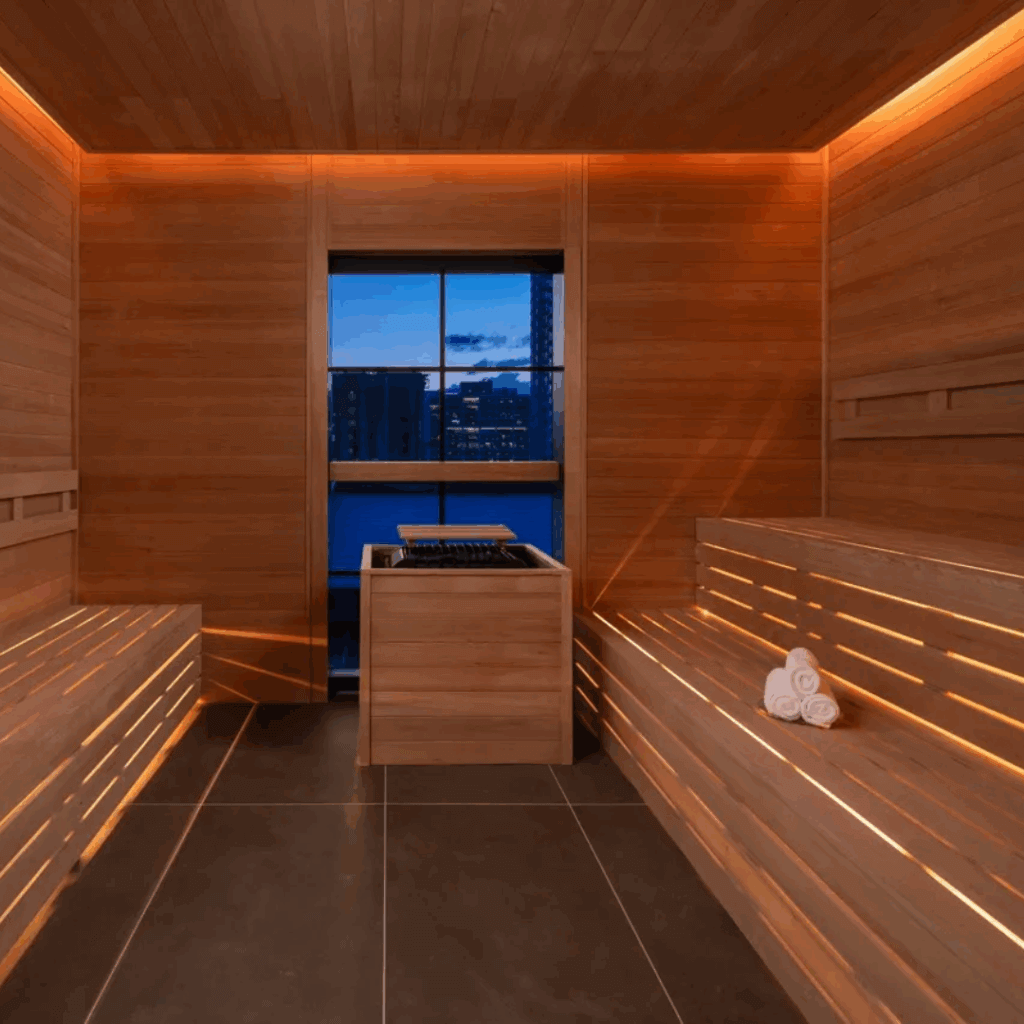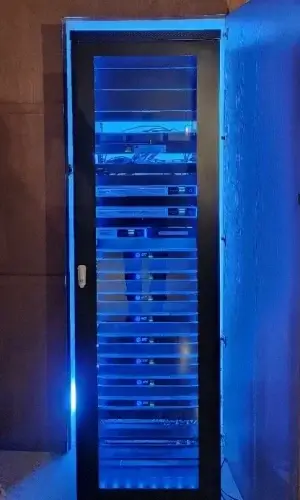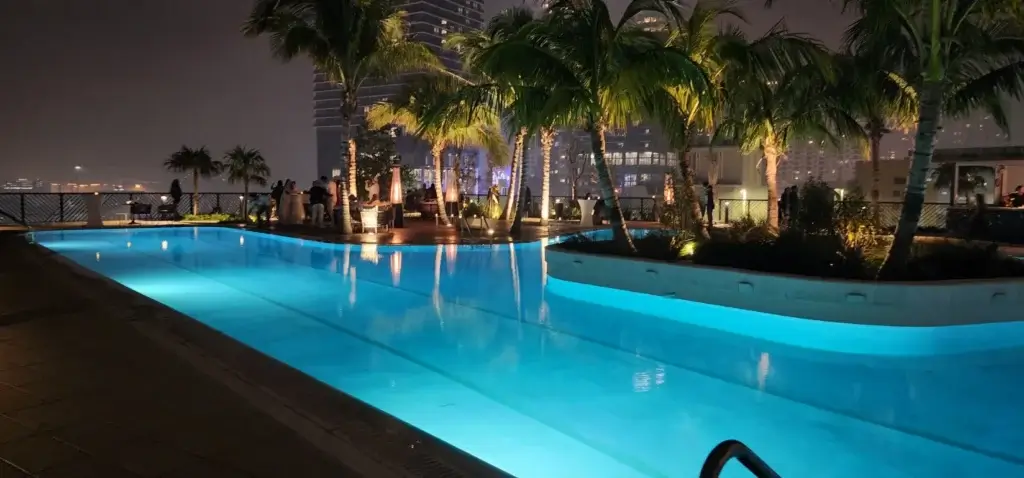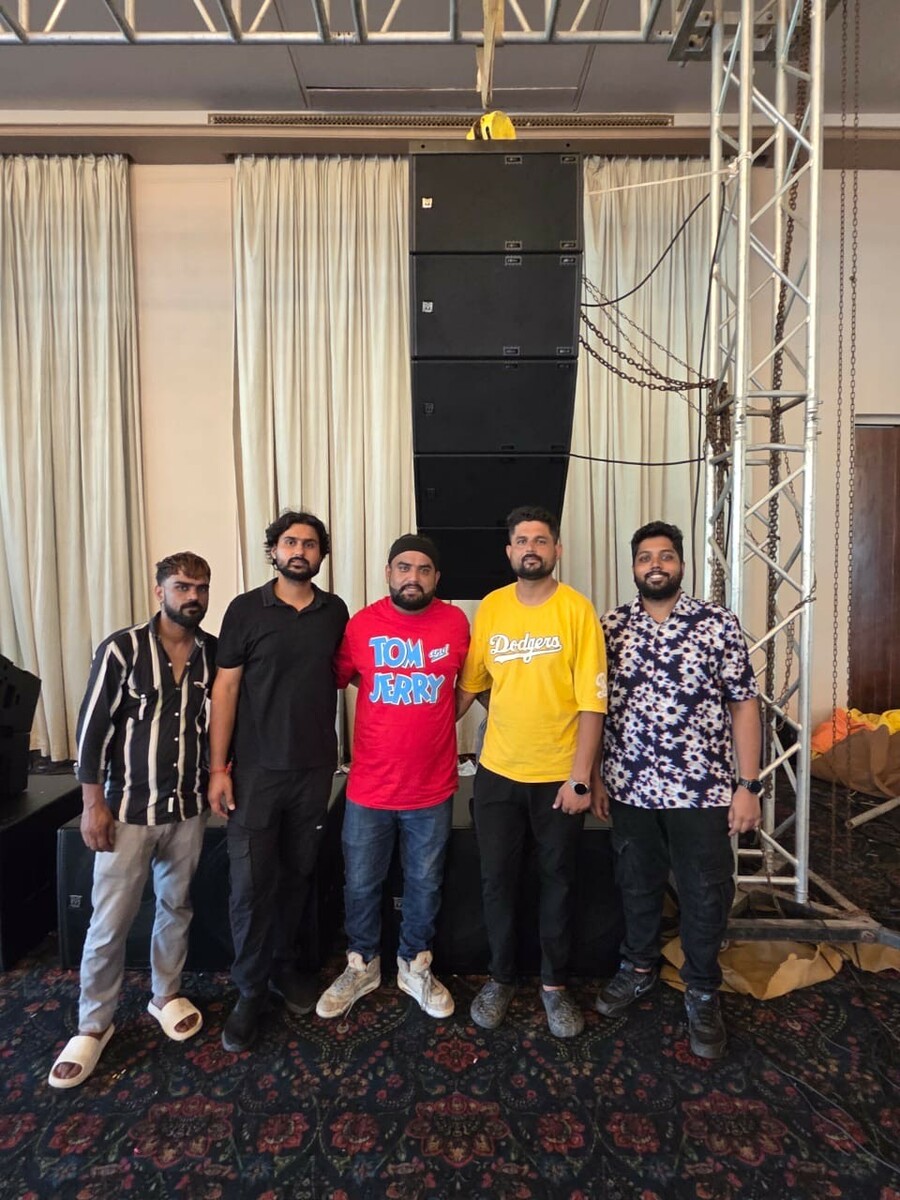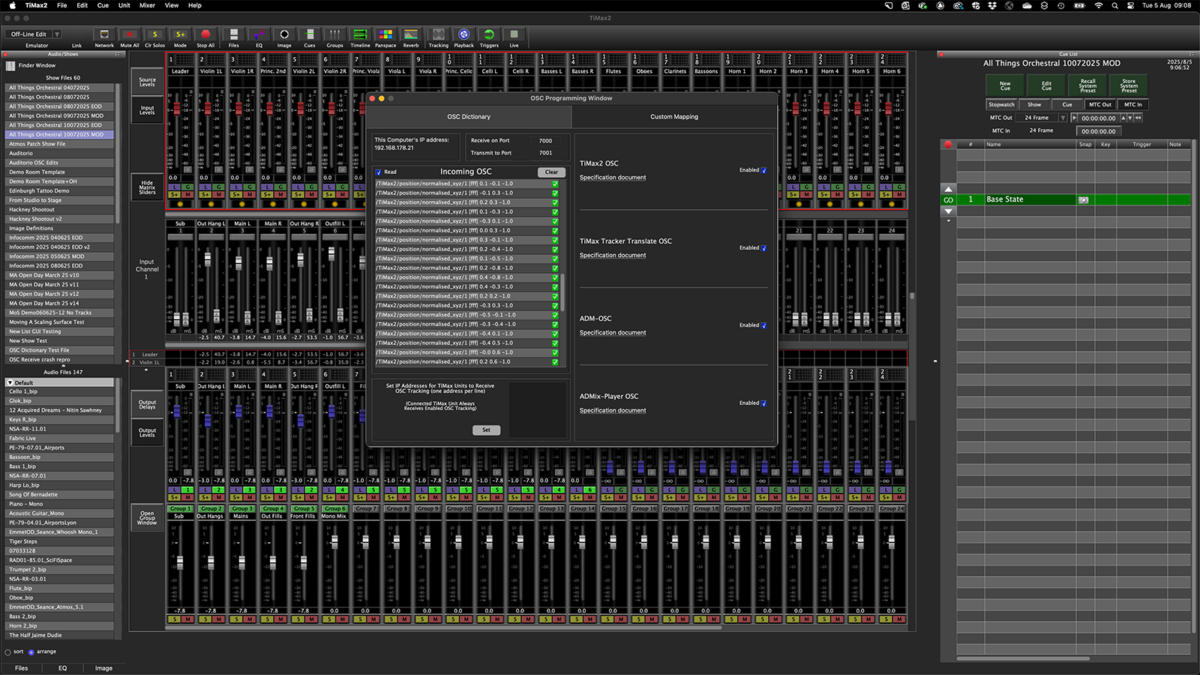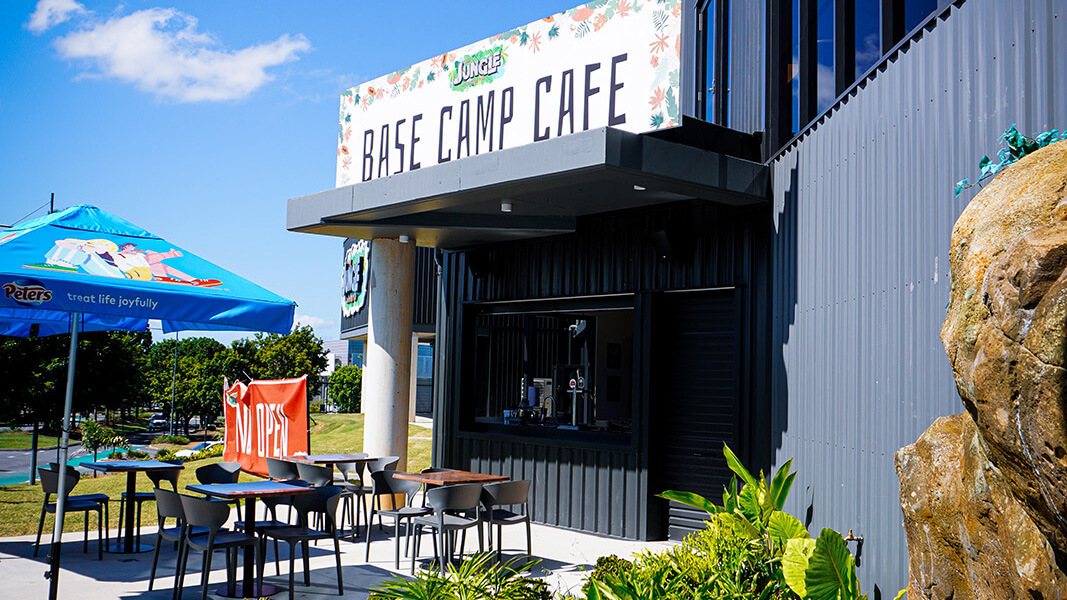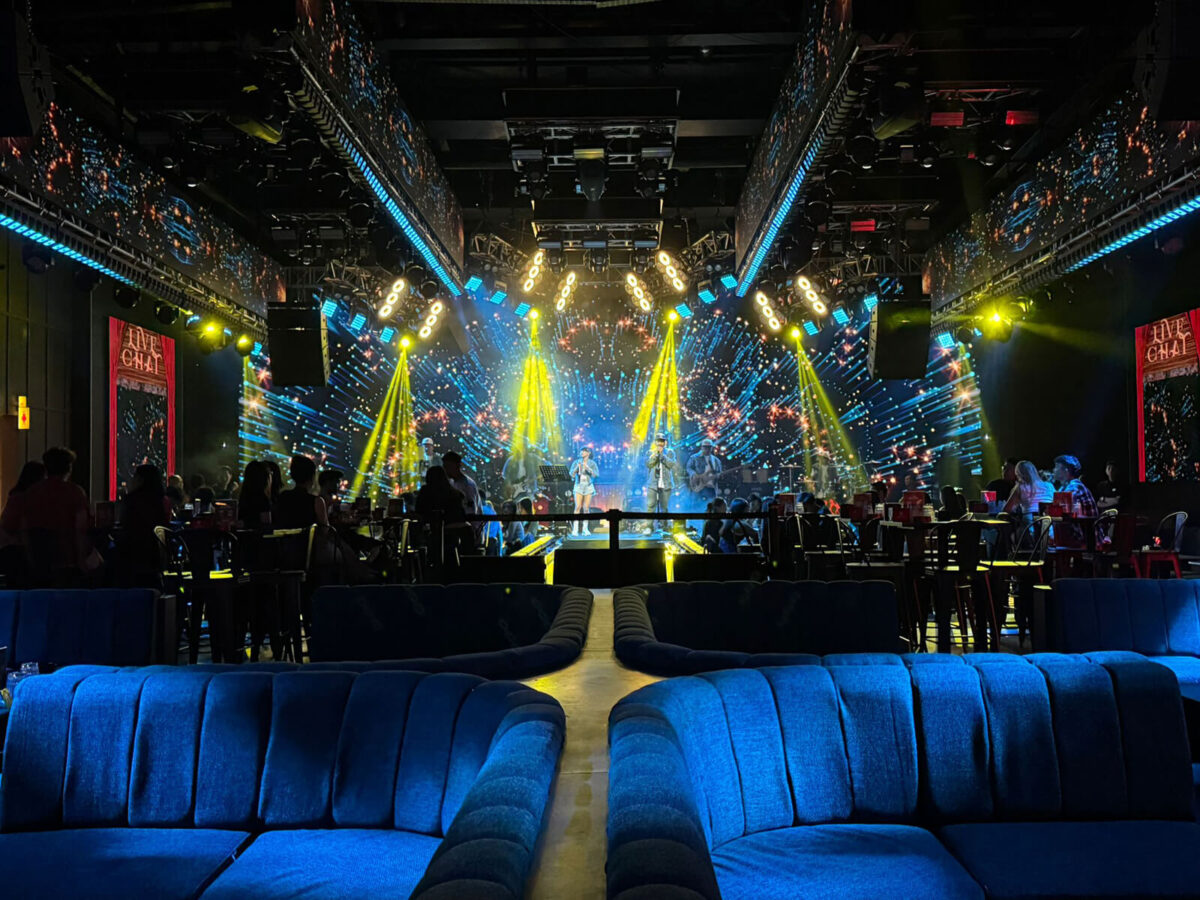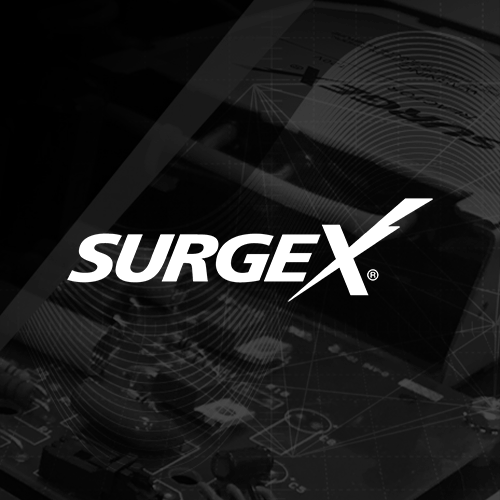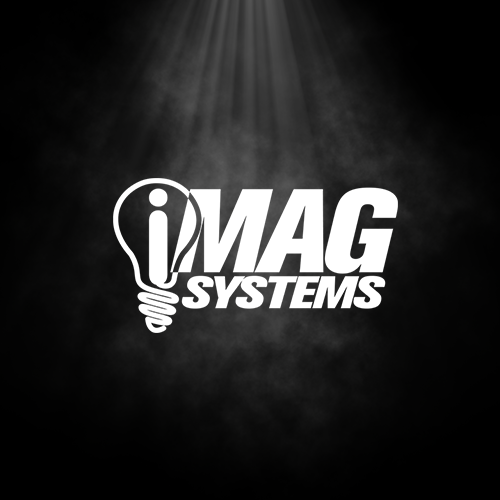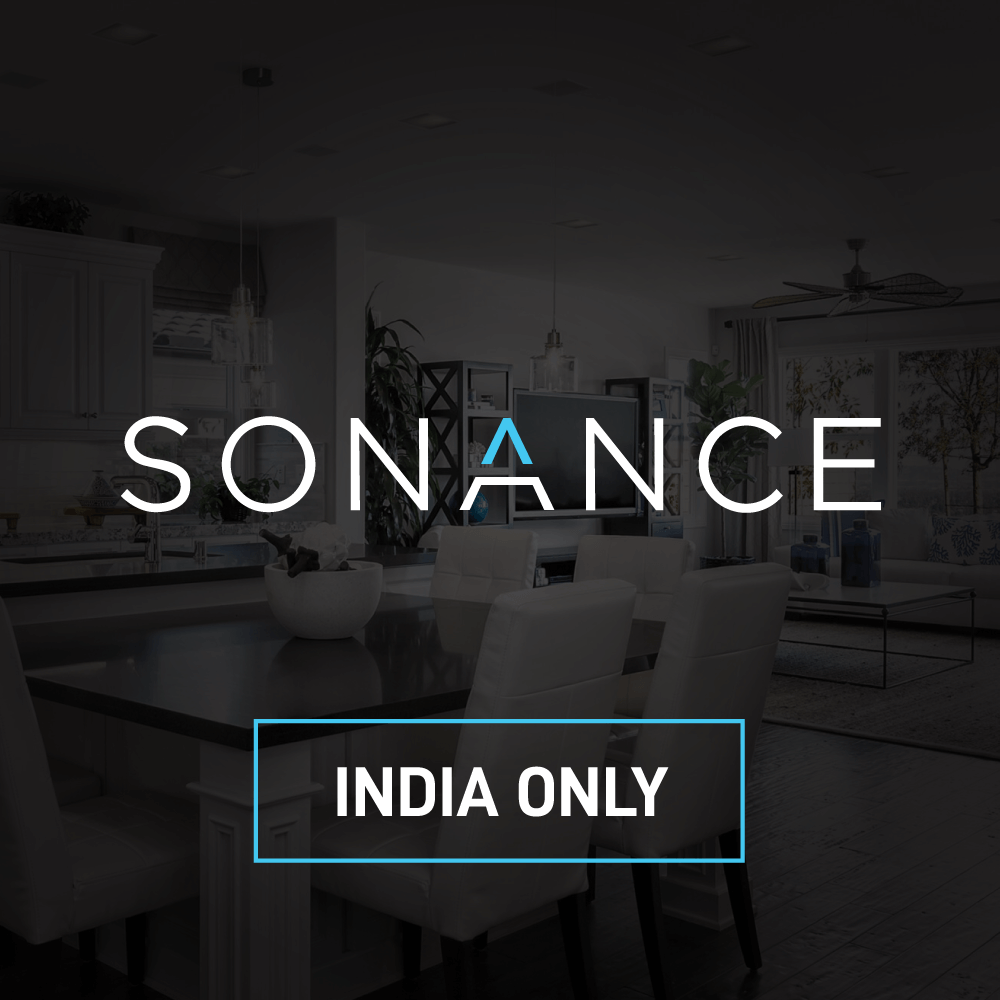Optimal Audio has announced a new 8” touchscreen wall controller – ZonePad 8 – available for immediate shipment.
ZonePad 8 is an elegant wall-mounted touchscreen controller, providing users with clear and intuitive access to the controls of up to eight zones within an Optimal Audio commercial audio system. With a vibrant 8-inch IPS touch display and tempered glass capacitive touch panel, ZonePad 8 offers a sophisticated and user-friendly interface, providing users with the ability to operate complex audio systems effortlessly.
ZonePad 8 enables intuitive control of source switching, volume and microphone levels, as well as triggering advanced features like routines or message playback in up to eight zones, with advanced device configuration setting access to individual zones and permission settings over the functions available to each zone, making it ideal for dynamic commercial environments.
Its seamless integration with Optimal Audio Zone controllers, powerful quad-core processor, and secure design ensures reliable and responsive control tailored to any venue’s unique needs.
Power is delivered via POE from a compatible router or switch, and for venues where the installer cannot run cables, ZonePad 8 can be powered locally with an optional 12v power supply and connect to the network and Zone controller via WIFI.
Product Manager, David Morbey, commented, “Feedback from our customers highlighted the demand for a more sophisticated wall controller for use with our Zone controllers that acts as a sophisticated plug and play device with no setup or ability to misuse. Our celebrated WebApp interface is directly delivered to a custom app in ZonePad 8, which auto-runs upon power-up and detects audio zone processors on the same network. The device is POE powered, ensuring ease of installation and reduced wiring complexity. The product supports surface mount and is supplied with mounting plate, compatible with UK, EU & US back boxes. Its everything an Optimal Audio product should be, simple to use, powerful in its application.”
For more information:
Click here for original article.

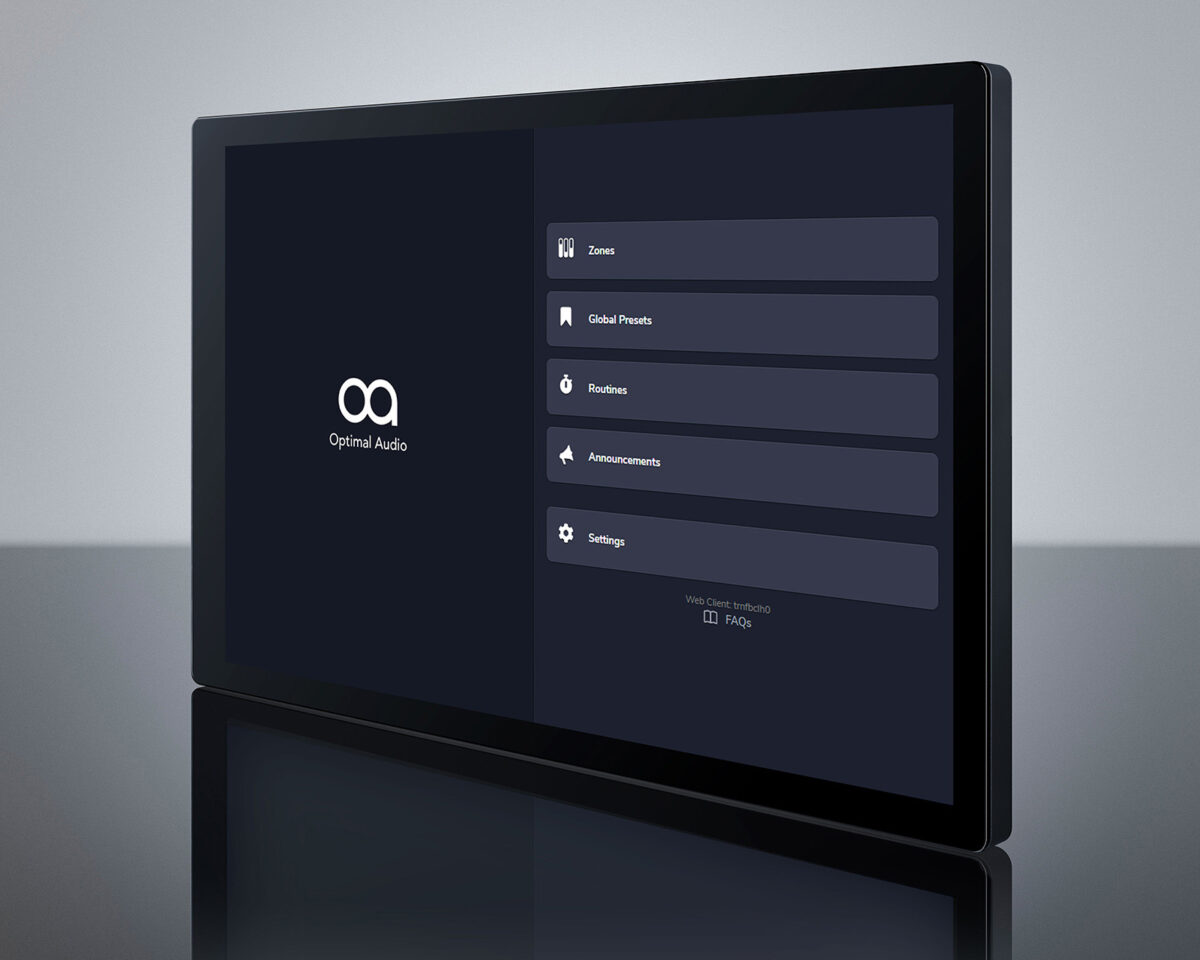

 Integrators:
Integrators:  Audio Spaces: Entire Venue
Audio Spaces: Entire Venue